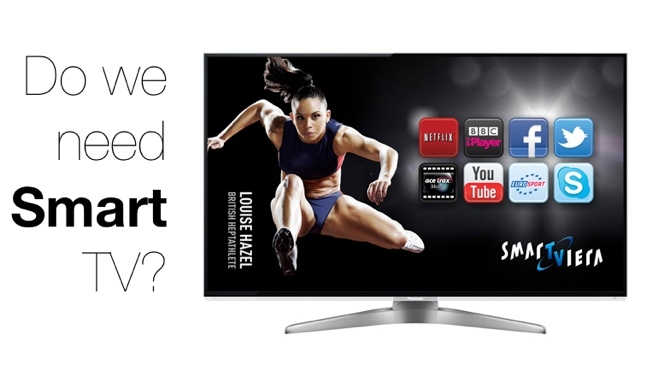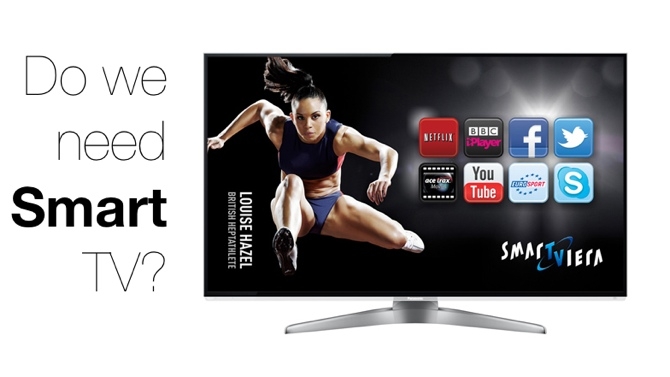
 Do we need Smart TV
Do we need Smart TV
Connected TV has replaced 3D as the biggest buzzphrase in the broadcast industry this year. Sales are increasing globally, but, as Andy Stout, reports, different regions are responding in different ways.
The catchily named NPD DisplaySearch Quarterly Smart TV Shipment and Forecast Report, suggests shipment of Smart TVs (ie internet-enabled) will hit 40% of total sets in Western Europe and China in 2012, and a mammoth 55% in Japan. Nothing of huge surprise there, Connected TV has been on the way for a couple of years now, and people have a tendency to buy new features as part of the natural upgrade cycle.
According to NPD, North America, however, seems to be a different story: on one hand it has the lowest Smart TV penetration (20%) of any region; on the other it is also conversely the highest consumer of internet video, averaging 30GB per household per month. This is backed up by a Mintel survey that suggests sales of digital content in the US will increase tenfold in the 2007 to 2017 period, from $1.3bn to $13bn.
“We live in a time of instant gratification and the idea of waiting for a movie to arrive in the mail or actually driving to a store to get one is an idea of the past,” opines Billy Hulkower, senior technology analyst at Mintel. “Increased acceptance of all intangible media, including music, photos, books and games is a driver with consumers increasingly acclimated to the immediacy of all digital formats.”
Why the low sales?
So why the low Connected set sales? What seems to be happening is that the US market is on the one hand wedded to paid services that stream via their set-top boxes, and on the other perfectly happy with iTunes via their laptops and tablets thank you. Mintel data suggests that Apple’s progeny accounts for 60% of all digital sales, way ahead of Amazon's 25%. This contrasts with the other side of the bamboo curtain, where the Chinese don’t have a lot of structured content available in their marketplace and prefer to use TVs with built-in browsers to access whatever free content gets past the censors these days.
Meanwhile, in Europe
Western Europe, meanwhile, seems to spend most of its time happily watching terrestrial broadcaster’s catch-up services. And that’s really interesting because, with those broadcasters having no foothold in the hardware market, open standards such as HTML 5 and HbbTV can really drive the market and the creativity of the services offered forward.
The BBC, for one, has said that it wants to reforge the Red Button as The Connected Red Button, with viewers switching seamlessly between regular broadcast content and internet-provided material. And exactly where that attitude takes commissioning and programme creativity is something we’re going to all find out in the next few years. By which time probably not only our TVs will be Connected, but our fridges too.
Tags: Studio & Broadcast


Comments